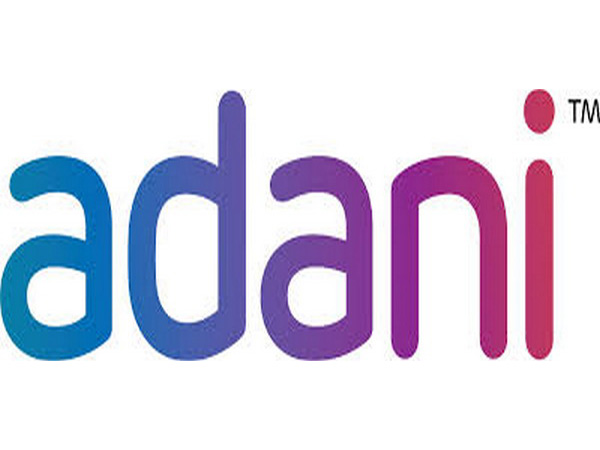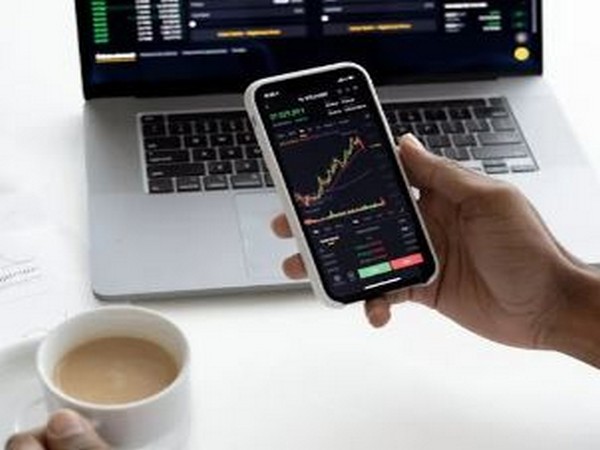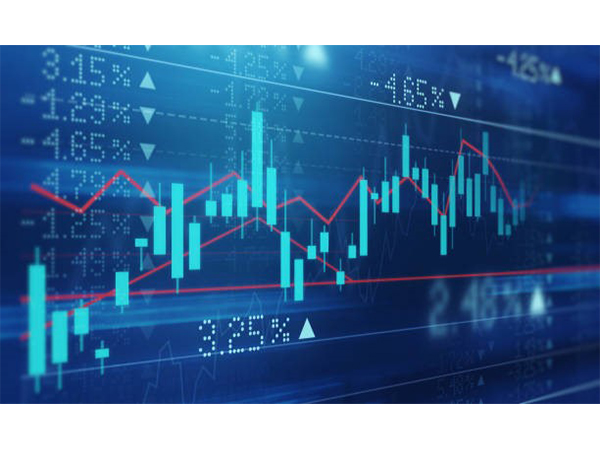VMPL
New Delhi [India], April 22: Commodity trading is an exciting and potentially profitable way to invest in commodities like raw materials such as metals, energy, and agricultural products. It offers traders opportunities to hedge risks, speculate on price movements, and diversify their portfolios.
Unlike stocks, commodities are influenced by global supply and demand, weather conditions, and geopolitical events. If you are new to commodity trading, an essential commodity recommendation can help you navigate the market efficiently. Understanding strategies, risks, and trading methods will give you an edge in this dynamic space.
What is the Commodity Market?
A commodity market is a platform for buying and selling raw materials and primary goods. It is broadly divided into two categories:
Spot Market: Physical commodities are traded, and ownership is transferred upon purchase.
Futures & Options (F&O) Market: Financial contracts are used to trade commodities without direct physical ownership.
In India, major exchanges like the Multi Commodity Exchange (MCX) and National Commodity & Derivatives Exchange (NCDEX) facilitate trading in various commodities, including metals, energy products, and agricultural goods.
How to Start Commodity Trading?
Starting in commodity trading requires a step-by-step approach to ensure smooth transactions and profitable investments.
1. Open a Trading and Demat Account
To trade in commodities, you need to register with a broker who provides access to MCX or NCDEX. While spot trading does not require a demat account app, you will need one if you plan to invest in commodity-based ETFs or mutual funds. A Demat account stores your investments in electronic format, ensuring easy tracking and management.
2. Understand Market Dynamics
Commodity prices are affected by multiple factors such as:
Global demand and supply: A sudden shortage or surplus can cause price fluctuations.
Economic conditions: Inflation, interest rates, and geopolitical events impact commodity prices.
Seasonal changes: Agricultural commodities are particularly affected by weather conditions and harvest cycles.
3. Choose the Right Commodities
New traders should begin with well-known commodities like gold, silver, crude oil, or wheat. These commodities have high liquidity, making it easier to enter and exit positions. Advanced traders can explore niche markets such as base metals, natural gas, and industrial commodities.
4. Learn About Futures & Options
Most commodity trading happens through F&O contracts. A futures contract is an agreement to buy or sell a commodity at a predetermined price on a specific date. An options contract gives you the right (but not the obligation) to buy or sell commodities at a future date. These contracts help investors hedge against price volatility.
5. Use Market Indicators for Analysis
A crucial part of commodity trading is research and analysis. Investors rely on technical indicators such as moving averages, Bollinger Bands, and RSI (Relative Strength Index) to predict price movements. Sentiment indicators like the market mood index also help assess whether traders are bullish or bearish.
Commodity Trading Strategies
A successful trader does not rely on luck but follows well-planned strategies to navigate market fluctuations.
1. Hedging Strategy
Hedging is used by businesses and investors to protect against unfavourable price changes. For example, a jeweller might buy gold futures to lock in prices and avoid potential cost hikes.
2. Speculative Trading
Speculators aim to profit from short-term price movements. This approach requires deep market knowledge and a risk-taking mindset. A trader might buy crude oil futures if they anticipate an increase in global demand.
3. Arbitrage Trading
This strategy involves exploiting price differences between two markets. Traders buy commodities at a lower price in one market and sell them at a higher price in another.
4. Seasonal Trading
Many commodities follow seasonal trends. For instance, wheat prices may drop during the harvest season and rise later due to storage and transportation costs. Traders take advantage of these predictable patterns.
5. Trend Following Strategy
In this strategy, traders follow established trends in the market. If gold prices have been rising steadily, trend traders continue buying until indicators suggest a reversal.
Risks Involved in Commodity Trading
While commodity trading offers lucrative opportunities, it also comes with risks that investors must be aware of.
1. High Market Volatility
Commodities are subject to extreme price fluctuations due to global events, geopolitical tensions, and economic changes. Traders need a well-planned risk management strategy to protect their investments.
2. Leverage Risks
Commodity trading allows traders to use leverage, meaning they can trade with more money than they have in their accounts. While this can amplify profits, it also increases potential losses.
3. Regulatory and Political Risks
Government policies and regulations can impact commodity prices. For example, changes in export policies for agricultural commodities can lead to unexpected price movements.
4. Liquidity Risk
Some commodities have lower liquidity than others, making it harder to buy or sell them at the desired price. Traders should focus on commodities with high trading volumes to avoid this risk.
5. Storage and Quality Issues
For investors who trade in physical commodities, storage and quality control can be challenging. Spoilage, theft, and transportation costs can impact profits.
How to Mitigate Risks in Commodity Trading?
Diversify Investments: Do not invest all your capital in a single commodity. Spread your investments across different asset classes.
Set Stop-Loss Orders: To protect your investments from heavy losses, use stop-loss orders that automatically sell a commodity when prices drop beyond a set limit.
Keep Track of Global Events: Political instability, natural disasters, and economic reports can influence commodity prices. Stay informed to make better trading decisions.
Practice Paper Trading: Beginners should use virtual trading platforms to practice strategies before investing real money.
Conclusion
Commodity trading offers great investment potential with the right knowledge, strategy, and risk management. Understanding market fundamentals is key to hedging risks, speculating, or diversifying. Informed decisions and research help traders navigate the market successfully.
If you are looking for a seamless commodity trading experience, open demat account with HDFC Sky. This platform offers advanced trading tools, real-time market data, and expert insights to help you make informed decisions.
(ADVERTORIAL DISCLAIMER: The above press release has been provided by VMPL. ANI will not be responsible in any way for the content of the same)
Disclaimer: This story is auto-generated from a syndicated feed of ANI; only the image & headline may have been reworked by News Services Division of World News Network Inc Ltd and Palghar News and Pune News and World News
HINDI, MARATHI, GUJARATI, TAMIL, TELUGU, BENGALI, KANNADA, ORIYA, PUNJABI, URDU, MALAYALAM
For more details and packages




















